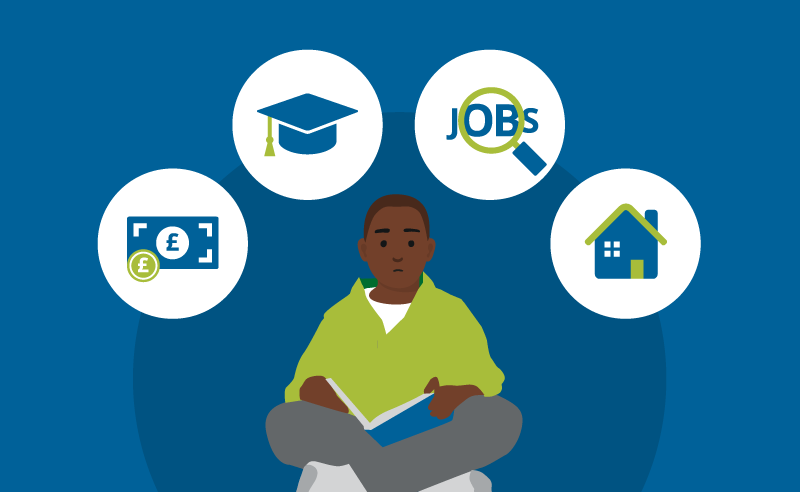1. How do our poverty and equality statistics benefit you?

We are the Office for National Statistics (ONS), the UK’s largest independent producer of official statistics. We produce statistics that help us understand the UK’s economy, society and population, including:
social inequality
crime
education
how poverty affects people
These statistics help local councils plan services for the people who need them most. Organisations can use them to highlight where inequalities exist and provide help and support. Charities use our statistics to help target their support and help build a case for the funding they need.
Back to table of contents2. How do our poverty and equality statistics make a difference?

Highlighting alcohol-related violence in disadvantaged groups
Alcohol-related violence and anti-social behaviour place a large burden on the public and emergency services. Between 2017 and 2018, almost two of every five (39%) violent crimes were committed under the influence of alcohol. Sadly, it is the poorest members of society that are most affected by this.
The Crime Survey for England and Wales (CSEW) has measured crime since 1981. Alongside police recorded crime data, the survey is a valuable source of information for the government about the extent and nature of crime.
Research carried out between 2019 and 2021 that used the CSEW found that the most disadvantaged groups experience higher rates of alcohol-related violence. They are also more likely to experience alcohol-related anti-social behaviour at least once per week or more often.
The poorest groups in society experience as much as 14 times as many incidents of alcohol-related domestic violence every year, compared with the least deprived.
This work was raised in the House of Lords and helped to inform the 2020 Domestic Abuse Bill, suggesting that publicly funded services should be revisited to remove barriers for these affected groups.
The findings were also included in the report, ‘An Inquiry into the Effects of Alcohol on Society’ from the Commission on Alcohol Harm.
Lucy Bryant, Research and Policy Officer at the Institute of Alcohol Studies, said, “Alcohol-related violence accounts for two-fifths of all violence in England and Wales today, and it is the most deprived groups bearing this burden to the greatest extent. It is vitally important policymakers take action to address not only this disparity in victimisation, but the structural drivers that lie behind it.”

Showing why those receiving free school meals earn less than their peers
Students from poorer backgrounds typically go on to earn less than others as adults. A research study that started in 2021 and was published in 2022 wanted to explore the factors behind this earnings gap.
The project used data from the Department for Education’s Longitudinal Education Outcomes dataset through our Secure Research Service. It showed that at all levels of qualification, those eligible for free school meals were earning less at age 30 years than their peers who had the same highest level of qualification. This earnings gap was around 20% after adjustment.
The results from this research have been shared with the Department for Education and organisations such as Teach First. These findings will help to inform policy decisions and recommendations to address the factors behind the earnings gap.

Revealing the pay differences between ethnic minority groups
Where employees work often makes a big difference in pay between different ethnic minority groups.
In 2022, researchers used new linked data from various official surveys and administrative datasets to examine the role of the employer in gender-ethnicity wage gaps.
This included data from Census 2011 and the Annual Survey of Hours and Earnings (ASHE). The ASHE is the most comprehensive source of information on the structure and distribution of earnings in the UK.
The research found that the extent of the wage gaps for either men or women depends on the minority group being compared with White workers. It also depends on whether high- or low-paid employees are studied. The research showed that the workers’ employers were crucial to understanding these gaps. Without doing so, the influence of factors such as age, education, occupation and region would be overestimated.
This research is part of the Wage and Employment Dynamics project, which is funded by ADR UK. It has been presented at various seminars around the country and has generated great interest from both the academic and policy communities.
Tim Butcher, Chief Economist at the Low Pay Commission, said, “The Wage and Employment Dynamics project improves and extends our evidence base, which should enable researchers to give new and innovative insights into the wage and employment dynamics of the lowest paid.”
You can explore examples of administrative data research using statistics from the ONS on the ADR UK website.
Back to table of contents3. Find out more about poverty and equality statistics from the ONS




